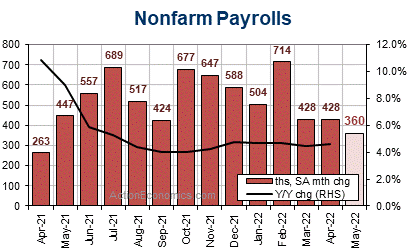Bitcoin, the pioneer of cryptocurrencies, recently faced a substantial correction, sliding to around $41,000 from its peak of over $49,000 on January 19, 2024. This 15% downturn prompted efforts from bullish traders to stage a breakout, but multiple factors contributed to Bitcoin’s retracement.
Bitcoin’s Recent Performance
The approval of spot Bitcoin exchange-traded funds (ETFs) in both the US and Canada has attracted a surge of institutional and retail investors to the crypto market. However, this influx has resulted in a surplus of supply, creating downward pressure on Bitcoin prices.
Additionally, legal challenges, particularly those faced by companies like FTX accused of fraud and money laundering, have raised concerns about the overall legal standing and risks associated with cryptocurrency investments.
Technical factors also played a role, with Bitcoin encountering resistance at $42,000. This level aligns with the 50-day moving average (MA) and the Fibonacci retracement level of 61.8%, contributing to the recent downtrend.
Weekly Price Analysis
Despite these challenges, a look at Bitcoin’s weekly chart (BTC/USD) reveals a sustained long-term uptrend, as it remains positioned above major moving averages and trend lines. However, signs of weakness have emerged:
- Bearish Momentum: The weekly Moving Average Convergence Divergence (MACD) crossed below its signal line and zero line, indicating a bearish momentum.
- Declining Volume: Weekly trading volume has seen a consistent decline since December 2023, indicating a lack of buying interest.
- Candlestick Patterns: The weekly candlestick patterns have predominantly exhibited bearish or neutral tendencies, lacking distinct bullish signals.
Despite these short-term challenges, Bitcoin’s overarching fundamentals and long-term prospects remain resilient.
Future Outlook
Several critical factors will shape Bitcoin’s future trajectory:
- Adoption and Innovation: Bitcoin’s adoption rate and its role as a global payment system and store of value.
- Competition: The competitive landscape with other cryptocurrencies offering enhanced features like faster transactions, lower fees, and increased scalability.
- Regulatory Landscape: The regulatory environment and legal frameworks for cryptocurrencies across different regions.
- Market Sentiment: The sentiment and behavior of investors, traders, and consumers toward cryptocurrencies.
Anticipating potential scenarios, positive news catalysts could propel Bitcoin towards a $45-$50 resistance level in February or March, provided it maintains support above $41,000. Conversely, failure to breach the $42,000 resistance or dipping below $40 might trigger a deeper correction towards the $35-$30 support range.
An optimistic breakout scenario involves Bitcoin surpassing the $42,000 resistance with robust volume, reigniting an uptrend towards the $50-$55 resistance level. Such a scenario would likely be fueled by positive developments in regulation or institutional adoption.
[Link to Article]
Disclaimer: All trading decisions should be made with careful consideration of market conditions and individual risk tolerance.
